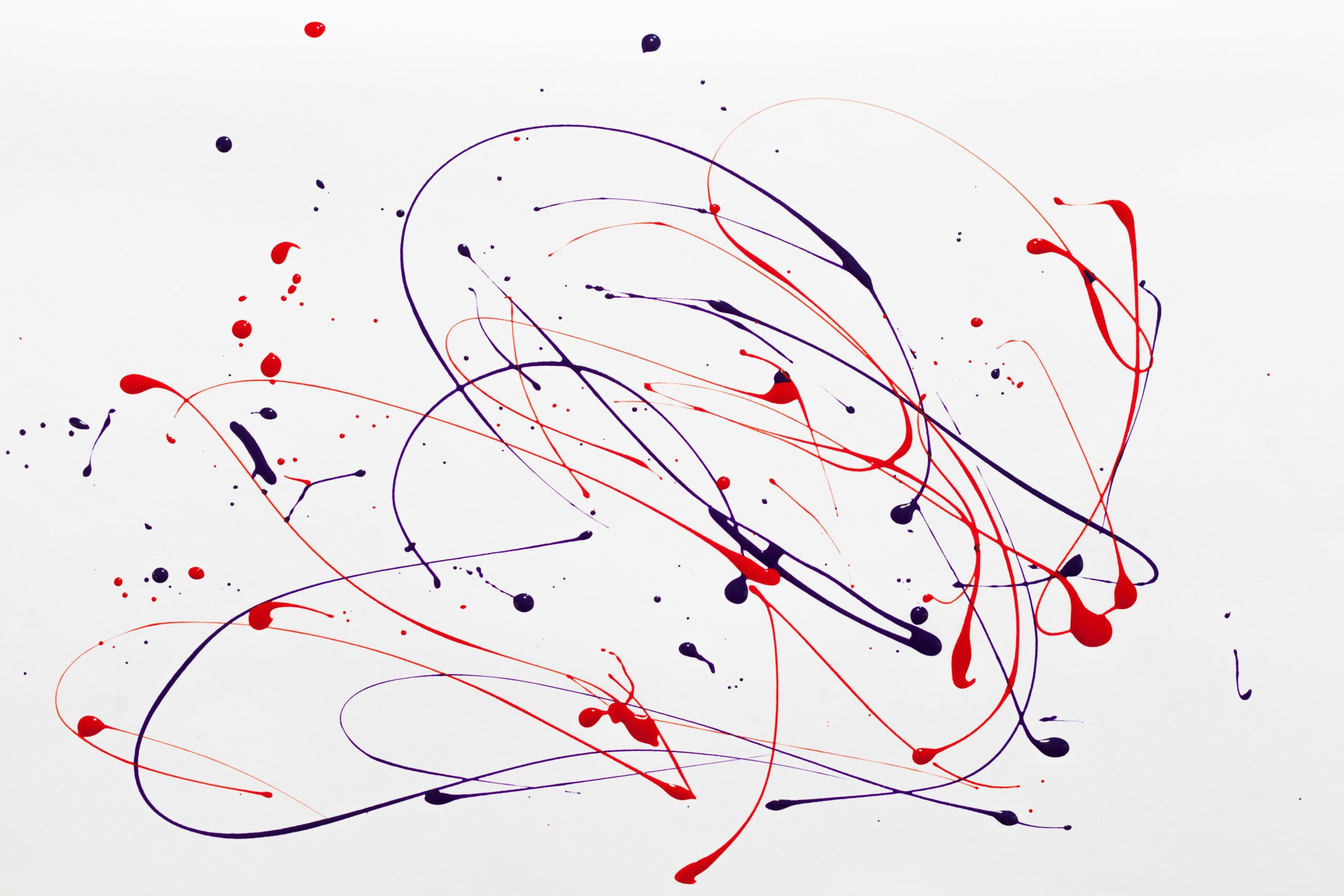Imagine a world where keyboards and touchscreens no longer dominate our daily interactions. Instead, the irresistible allure of pen and paper has made a triumphant return, revitalizing the art of handwriting in ways we never thought possible. In this article, we embark on an exciting journey to explore the modern applications of handwriting and uncover its profound impact on society. From enhancing cognitive development to enabling emotional expression and personalization, we’ll delve into the endless possibilities that handwriting offers in our increasingly digital world. Prepare to be captivated by the resurgence of handwriting and its ability to shape our contemporary lives.

Modern Applications of Handwriting
In today’s digital age, where keyboards and touchscreens dominate our daily lives, the art of handwriting has found new relevance and significance. From cognitive development to emotional expression, the modern applications of handwriting are reshaping our society in surprising ways. Let’s dive into some of the key areas where handwriting is making a comeback and explore the benefits it offers.
Enhancing Cognitive Development
Did you know that handwriting can have a profound impact on our ability to learn and retain information? Research has shown that the physical act of writing stimulates multiple areas of the brain, leading to improved cognitive development. When we put pen to paper, our brain engages in a unique neural dance that enhances memory, comprehension, and critical thinking.
Moreover, handwriting forces us to synthesize ideas into our own words, promoting a deeper understanding of the subject matter. As we write, we engage with the information on a more intimate level, making it more likely to stick in our minds. As the saying goes, “The pen is mightier than the keyboard.”
“By handwriting notes, you’re not only boosting your memory, but also forging a stronger connection with the material.”
Preserving Personalization in the Digital Era
In an increasingly digitized world, the personal touch and individuality of handwriting are often lost. However, handwriting synthesis technology is now bridging the gap between the analog and digital realms. With the ability to improve text recognition and preserve the unique style of each user’s handwriting, modern applications of handwriting synthesis offer a solution to this loss.
Imagine receiving a digital message that appears as if it were handwritten specifically for you. This personalized approach fosters a sense of connection and authenticity, reminding us of the tangible and human element that can be easily lost in electronic communication.
“Handwriting synthesis brings back the personalization and warmth of a handwritten note, even in a digital age.”
Revolutionizing Document Analysis and Recognition
As technology advances, so does the field of handwriting recognition. Deep Learning, especially through the use of Recurrent Neural Networks, has brought significant progress in the accurate interpretation of handwritten content. Handwriting recognition technology can now effortlessly translate handwritten letters into corresponding digital text.
This breakthrough in Handwritten Text Recognition (HTR) technology has not only improved efficiency in the digitization processes of libraries and archives but also made the analysis and recognition of handwriting more accessible, overcoming the challenges of unconstrained writing styles and complexities.
“Thanks to advancements in handwriting recognition, technology is now able to interpret and understand handwritten input intelligibly.”
Embracing the Benefits for Learning and Memory
Despite our digital dependence, studies have shown that when it comes to learning and memory, handwriting triumphs over keyboard writing. Penning notes by hand improves learning outcomes, as it requires deeper processing of information and engages more of our senses.
When we write, we not only visualize the words, but we also engage in the kinesthetic act of forming each letter. This multisensory experience enhances our memory and understanding, making handwriting an invaluable tool in educational settings.
“Handwriting has a unique way of engaging our senses and boosting the effectiveness of learning.”
The Power of Handwriting Resurges
In an era dominated by keyboards and digital screens, the resurgence of handwriting is a refreshing reminder of the enduring power of pen and paper. Its modern applications in cognitive development, personalization, document analysis, and educational settings highlight its timeless value in our contemporary society.
As we embrace the benefits of handwriting and integrate it into our digital lives, we discover the beauty of preserving our individuality, enhancing our cognitive abilities, and forging deeper connections with both ourselves and others. So, let’s not overlook the power of handwriting amidst the digital noise. It’s time to pick up a pen and rediscover the magic it holds.
“In a digital world, let’s not forget the irreplaceable magic of handwriting.”
Handwriting is an art that holds many hidden surprises. Did you know that handwriting can reveal glimpses into a person’s personality and emotions? If you’re curious to uncover some fascinating fun facts about handwriting, you’re in for a treat! Click here to explore the intriguing world of handwriting and discover why it’s more than just putting pen to paper. Let’s dive into the mesmerizing realm of handwriting by clicking on this link: fun facts about handwriting.
FAQ
Question 1
What are some modern applications of handwriting?
Answer 1
Handwriting has found modern applications in various areas such as document analysis, recognition, and synthesis. It is used in improving text recognition, preserving personal style, and enhancing cognitive development and emotional expression.
Question 2
How does handwriting recognition technology work?
Answer 2
Handwriting recognition technology converts handwritten letters into digital text. It utilizes deep learning techniques, particularly Recurrent Neural Networks, to analyze and interpret handwriting patterns for accurate recognition and understanding of the handwritten contents.
Question 3
What is the significance of handwriting in education?
Answer 3
Handwriting plays a crucial role in education as it is found to enhance learning, understanding, and retention. Studies have shown that handwriting, compared to typing, aids in synthesizing ideas, improving memorization, and promoting better cognitive processing.
Question 4
How is handwriting integrated into digitization processes?
Answer 4
Handwritten Text Recognition (HTR) technology is integrated into the digitization processes of libraries and archives. It allows handwritten documents to be transformed into digital formats, making them accessible and searchable for research, preservation, and sharing purposes.
Question 5
What challenges does handwriting recognition overcome?
Answer 5
Handwriting recognition overcomes challenges such as unconstrained writing styles, connected and overlapping characters, and other complexities in analyzing and recognizing handwriting. These advancements in technology enable accurate interpretation of intelligible handwritten input regardless of the intricacies involved.
- Unlock 6000+ words beginning with he: A comprehensive analysis - April 20, 2025
- Mastering -al Words: A Complete Guide - April 20, 2025
- Master Scrabble: High-Scoring BAR Words Now - April 20, 2025
















